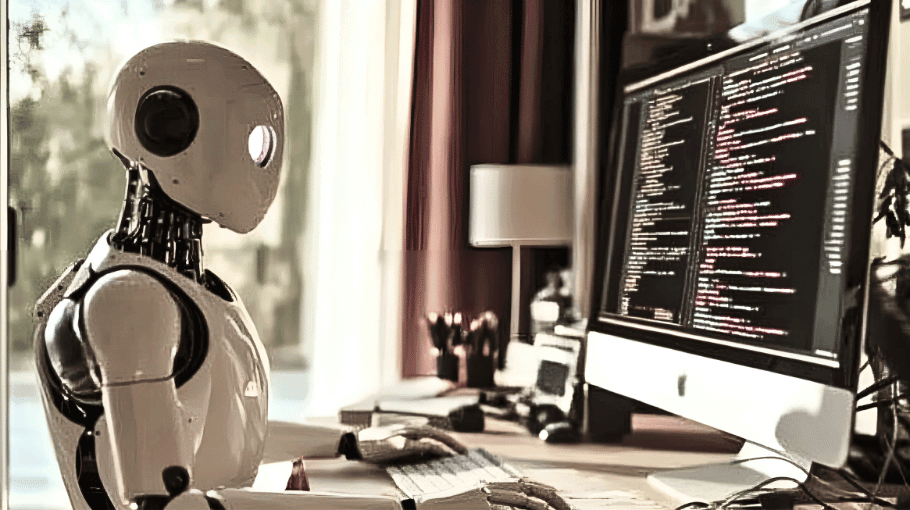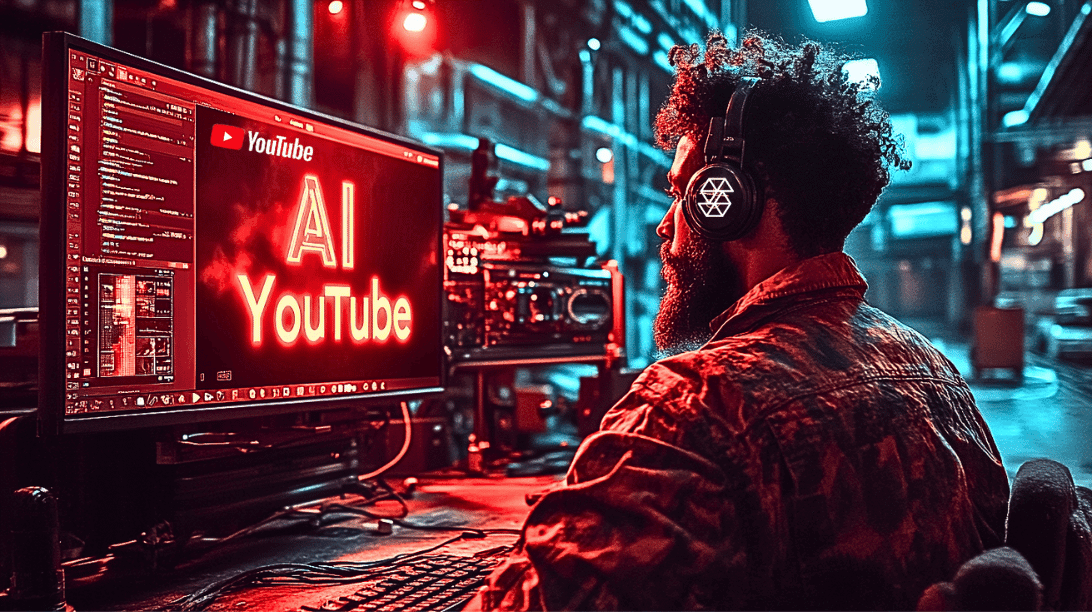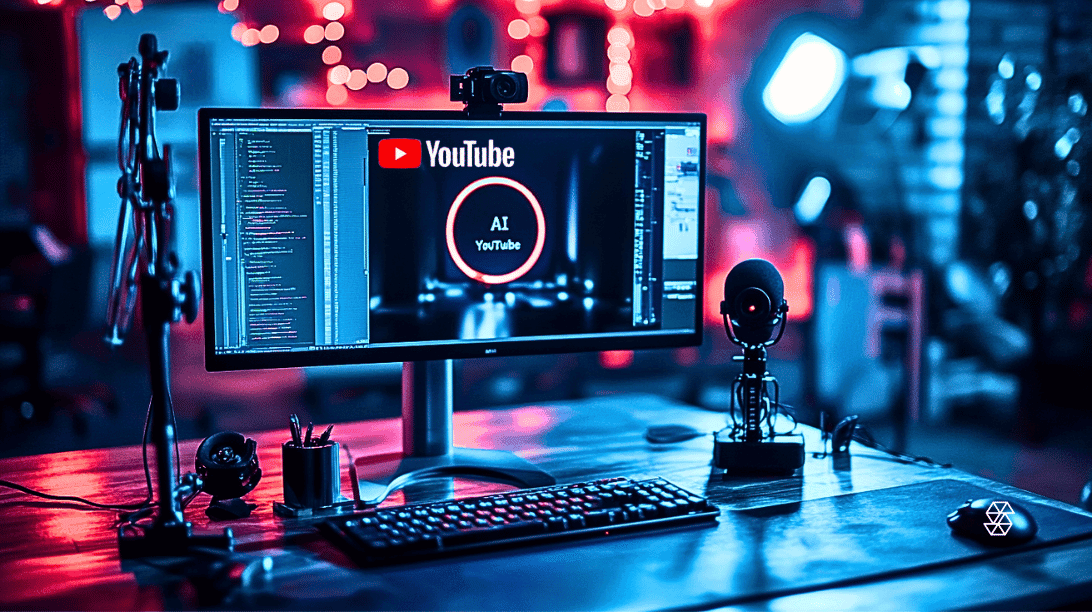OpenAI Brain Drain Exodus: A Golden Opportunity for VCs Looking for the Next AI Unicorns
In the high-stakes world of artificial intelligence, talent is the ultimate currency. The recent exodus from OpenAI isn’t just a reshuffling of the deck—it’s a potential goldmine for savvy venture capitalists. As we witness one of the most significant talent migrations in recent tech history, the question isn’t just who’s leaving, but where they’re going and what they’ll build next.
OpenAI, once the undisputed leader in cutting-edge AI research, is experiencing a seismic shift. This isn’t your run-of-the-mill employee churn; it’s a mass departure of some of the brightest minds in AI. For VCs, this represents a rare opportunity to get in on the ground floor of what could be the next generation of AI unicorns.
The implications of this exodus extend far beyond OpenAI itself. As these brilliant minds disperse across the industry, they carry with them not just knowledge and expertise, but also the potential to spark entirely new innovations and companies. For VCs, understanding this migration is crucial to identifying the next big opportunities in AI.
The Great Cash-Out: Following the Money Trail
A main part of this talent exodus was OpenAI’s policy reversal on secondary share sales.
Here’s what VCs need to know:
OpenAI has lifted restrictions on share sales, allowing both current and former employees to participate equally in annual tender offers.
The sales limit for all sellers, including former employees, has been standardized, removing previous disparities.
Non-disparagement clauses have been removed from employment agreements for vested employees, potentially leading to more candid insights into OpenAI’s inner workings.

For VCs, these changes create a perfect storm of opportunity. Many ex-OpenAI employees are now sitting on significant liquidity, giving them the resources to bootstrap new ventures. The removal of non-disparagement clauses means these individuals can speak more freely about their experiences and ideas, potentially leading to more transparent and innovative startups.
But why is tracking these cash-outs so crucial for VCs? First, it indicates which employees have the financial freedom to take risks on new ventures. These aren’t just potential founders; they’re founders with the means to self-fund initial stages of development, potentially leading to more mature pitches when they do seek VC funding.
Secondly, the timing of cash-outs can provide valuable insights. A cluster of high-level employees cashing out simultaneously might signal upcoming technological shifts or changes in company direction that could inform investment strategies.
Lastly, these cashed-out employees represent a valuable network. Even if they don’t found companies themselves, they’re likely to become angel investors or advisors to new AI startups. Building relationships with them now could give VCs early access to promising deals down the line.
By closely monitoring these financial movements and policy changes, VCs can position themselves to capitalize on the next wave of AI innovation, potentially identifying the founders and ideas that will shape the future of the industry.
Tracking the Talent: Where Are They Heading?
The exodus from OpenAI isn’t just about individuals leaving; it’s about where they’re going and what they’re building. Understanding these moves is crucial for VCs looking to stay ahead of the curve in AI investments.
John Schulman, co-founder of OpenAI, has made waves by joining Anthropic. His focus on AI alignment and safety signals a growing emphasis on ethical AI development, a potentially huge market in the coming years. VCs should take note: Schulman’s move suggests that AI safety isn’t just an academic concern, but a viable commercial opportunity.
Ilya Sutskever, former Chief Scientist at OpenAI, has taken an even bolder step by founding Safe Superintelligence (SSI). His new venture, focused on developing safe AI technologies, could be at the forefront of a critical niche in AI development. For VCs, SSI represents not just a potential investment opportunity, but a bellwether for the direction of AI research.

Jan Leike, who headed OpenAI’s Alignment Team, has also joined Anthropic. His expertise in AI safety and alignment could lead to breakthrough safety protocols, which are becoming increasingly crucial as AI systems grow more powerful and pervasive.
These moves highlight a clear trend: many top minds from OpenAI are gravitating towards companies and projects focused on AI safety and ethics. This shift helps us understand where the field of AI is heading. VCs who recognize and invest in this trend early could find themselves backing the companies that define the next era of AI development.
Moreover, these high-profile moves are likely just the tip of the iceberg. For every well-publicized departure, there are likely numerous other talented individuals making moves under the radar. VCs who can track and engage with this broader talent migration may uncover investment opportunities before they become common knowledge in the industry.
The “OpenAI Mafia” Phenomenon
The tech world has seen this before: a group of talented individuals from a single company dispersing to create an outsized impact on the industry. The most famous example is the “PayPal Mafia,” a term coined for the group of former PayPal employees and founders who went on to create and invest in numerous successful tech companies.
To understand the potential of an “OpenAI Mafia,” let’s look at what the PayPal Mafia achieved:
Elon Musk founded SpaceX and Tesla
Peter Thiel co-founded Palantir and became a prominent venture capitalist
Reid Hoffman founded LinkedIn and became a partner at Greylock
Steve Chen, Chad Hurley, and Jawed Karim founded YouTube
Jeremy Stoppelman and Russel Simmons founded Yelp
David Sacks founded Yammer
These individuals not only created billion-dollar companies but also became influential investors and advisors in Silicon Valley. Their shared experience at PayPal created a powerful network that continued to collaborate, invest in each other’s ventures, and shape the tech industry for years to come.
We may be witnessing the birth of a similar phenomenon with the “OpenAI Mafia.” As OpenAI alumni disperse across the AI landscape, they’re not just joining existing companies – they’re founding new ones, becoming angel investors, and shaping the direction of AI research and development.
For VCs, this presents a unique opportunity. By tapping into this network early, you can gain access to a pipeline of high-potential startups and founders. The “OpenAI Mafia” is about the collective potential of a group that has been at the forefront of AI development.
These moves are likely just the beginning. As with the PayPal Mafia, we may see these individuals start multiple companies over the coming years, invest in each other’s ventures, and continue to collaborate in various ways.
Remember, the full impact of the PayPal Mafia wasn’t immediately apparent – it unfolded over years. The same may be true for the OpenAI alumni. By investing in this network now, you’re not just betting on individual startups, but on a group of people who have the potential to shape the future of AI for years to come.

Identifying the Next AI Unicorns
As you track the movements of OpenAI alumni, pay close attention to the problems they’re choosing to solve and the approaches they’re taking. These choices can provide valuable insights into where the field is heading.
Look for founders who are not just technically brilliant but also have a clear vision for how their technology can be applied to real-world problems. The most successful AI companies will likely be those that can bridge the gap between cutting-edge research and practical applications.
Also, keep an eye out for startups that are tackling the challenges of AI development itself – tools for better training, more efficient models, or improved safety measures. As AI becomes more ubiquitous, the picks-and-shovels plays in this space could be just as valuable as the headline-grabbing AI applications.
The Long-Term View: Reshaping the AI Ecosystem
The OpenAI exodus will have long-lasting effects on the AI ecosystem. As these individuals spread out across different companies and startups, we may see a more distributed model of AI innovation, rather than progress being concentrated in a few large labs.
This could lead to a more robust and diverse AI ecosystem, with multiple centers of excellence emerging. For VCs, this means expanding your network and potentially looking beyond traditional tech hubs for the next big AI innovation.
Moreover, the emphasis on AI safety and ethics that many OpenAI alumni are bringing to their new ventures could shape the regulatory landscape for AI. VCs should be prepared for a future where responsible AI development is not just a nice-to-have, but a critical factor in a company’s success and longevity.
In the long run, the OpenAI exodus will be seen as a pivotal moment in the development of AI – the point at which the field truly began to mature and diversify. By understanding and capitalizing on this shift now, VCs can position themselves at the forefront of the next wave of AI innovation and investment opportunities.






